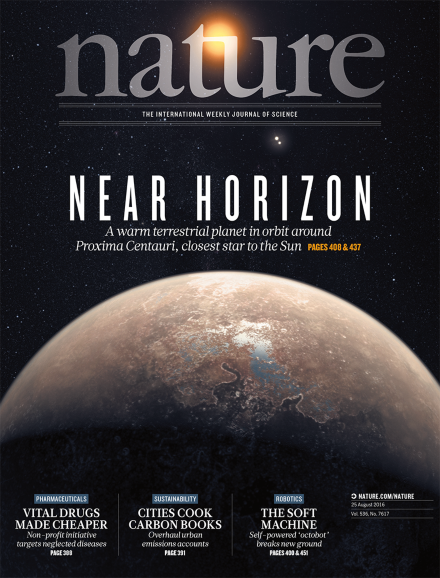Volume 536 Issue 7617, 25 August 2016
Editorial
World View
Research Highlights
Seven Days
News
News Feature
Comment
Books & Arts
Correspondence
Obituary
News & Views
Article
Letter
Corrigendum
Retraction
Erratum
Feature
Q&A
Futures
Brief Communications Arising
Supplement
-
Relocating science
Career Guide:
-
China
Career Guide:
-
Japan
Career Guide:
-
Australia
Career Guide:
-
South Korea
Career Guide:
-
India
Career Guide:
-
Singapore
Career Guide:
-
New Zealand
Career Guide:

